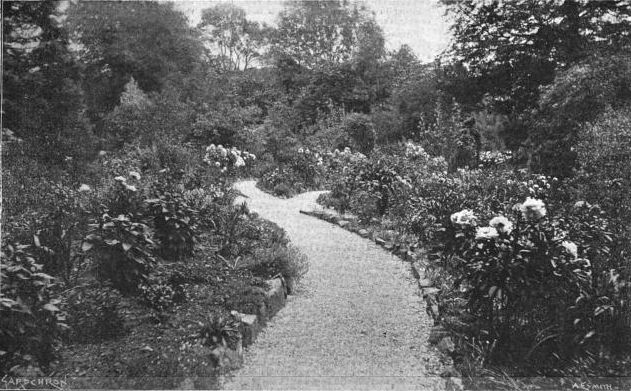
Herbaceous Border at Chaddlewood
 |
|
Herbaceous Border at Chaddlewood
|
 |
|
Memorial plaque to St John Coventry, Mary
Elizabeth Todd and George Saltau-Symons
photo from Friends
of St. Hubert's Church
|